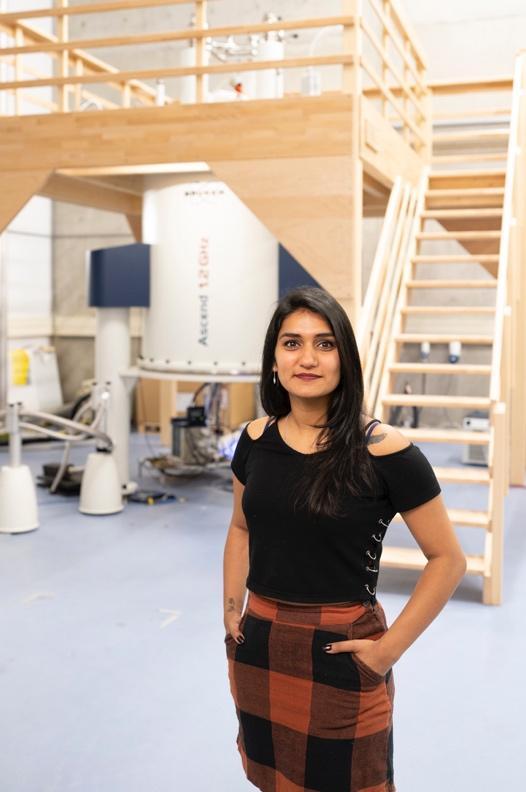About author
Rhythm Shukla earned her BS-MS degree from the Indian Institute of Science Education and Research (IISER), Mohali, India. Subsequently, she moved to the Netherlands and joined Dr. Markus Weingarth’s lab at the Utrecht University for her PhD in 2019 to study the mechanism of action of new antibiotics like Teixobactin. During her PhD, she worked on a synthetic analogue of Teixobactin which was published in Nature Communications 2020 and this work was very well received by the community. She recently published her research findings on the natural Teixobactin, done in collaboration with the Prof. Kim Lewis’s lab from the Northeastern University, USA in the journal Nature and this work is considered to be a paradigm shift in the antibiotic field. Here, Rhythm talks about her article “Shukla, R., Lavore, F., Maity, S. et al. Teixobactin kills bacteria by a two-pronged attack on the cell envelope. Nature. https://doi.org/10.1038/s41586-022-05019-y” published in (2022).


